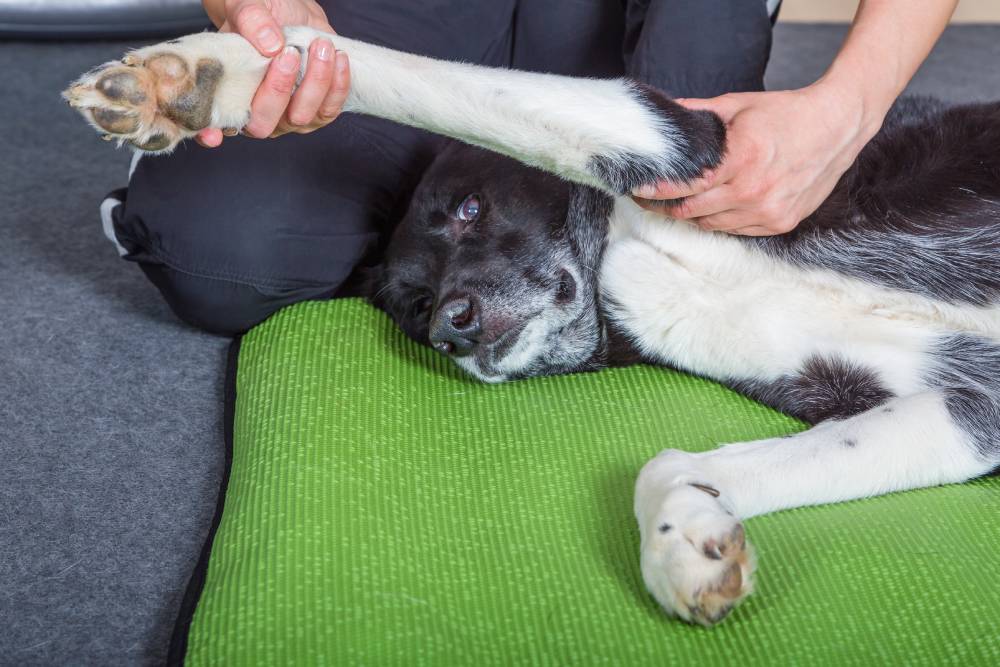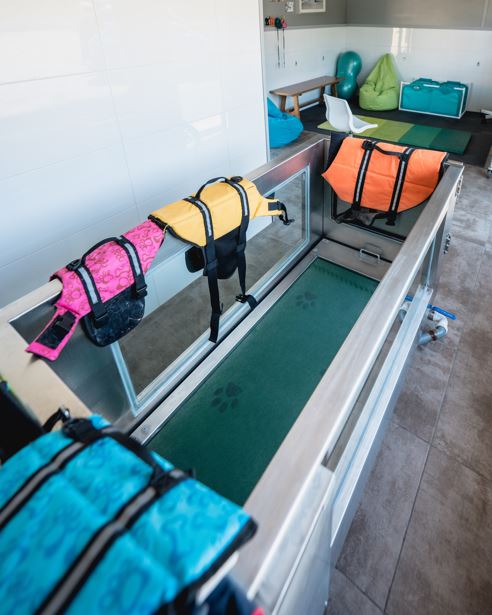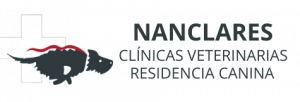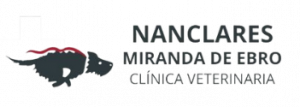What is rehabilitation therapy
At our veterinary clinic in Nanclares de la Oca, Álava, we offer rehabilitation and physiotherapy services, a type of non-invasive therapy that focuses on the relationships between muscles, bones, nerves, tendons and ligaments to reduce pain and improve body function after an injury or illness.Canine and feline rehabilitation and physiotherapy employ the same techniques used in human physical therapy to achieve one or more of the following goals:
- Speed recovery from injury or surgery
- Increase mobility and flexibility
- Improve endurance and agility
- Decrease pain
- Promote weight loss
- Maintain function and prevent further problems
- Enhance quality of life

Types of rehabilitation therapies

Our specialist treats each patient as a whole, carrying out a prior assessment and establishing a specific rehabilitation plan for each case.
In this rehabilitation plan we make use of manual therapy, kinesitherapy and physical agents to cure, prevent, recover and readapt patients susceptible to receive this treatment.
Most pets can benefit from a multidisciplinary approach, which incorporates therapies such as:
- Massage
- Neuromuscular electrical stimulation
- Passive range of motion and stretching exercises
- Magnetotherapy
- Therapeutic laser or ultrasound sessions
- Therapeutic exercise programs
- Underwater treadmill sessions
These techniques can help pets with a wide array of problems and needs. In particular, rehabilitation is beneficial for animals with decreased function, animals with pain related to osteoarthritis, older pets, and those recovering from an injury or surgery.
How to tell if your pet needs rehabilitation
Most pets can benefit from some form of rehabilitation. Some common indications include:
Orthopedic
- Joint surgeries
- Arthritis
- Sports injuries
- Fracture repairs
- Tendon and ligament repairs (i.e. torn cruciate ligaments)
- Hip and elbow dysplasia
- Pre- and post-operative surgery
Neurologic
- Post-operative spinal or disc surgeries
- Non-surgical intervertebral disc disease
- Wobbler’s syndrome
- Uncoordinated movement (ataxia)
- Peripheral nerve injuries
- Degenerative nerve disease
General
- Chronic pain
- Aging (weakness, stiffness, arthritis)
- Obesity/weight reduction and maintenance
- Strength and fitness training for canine athletes and working dogs

